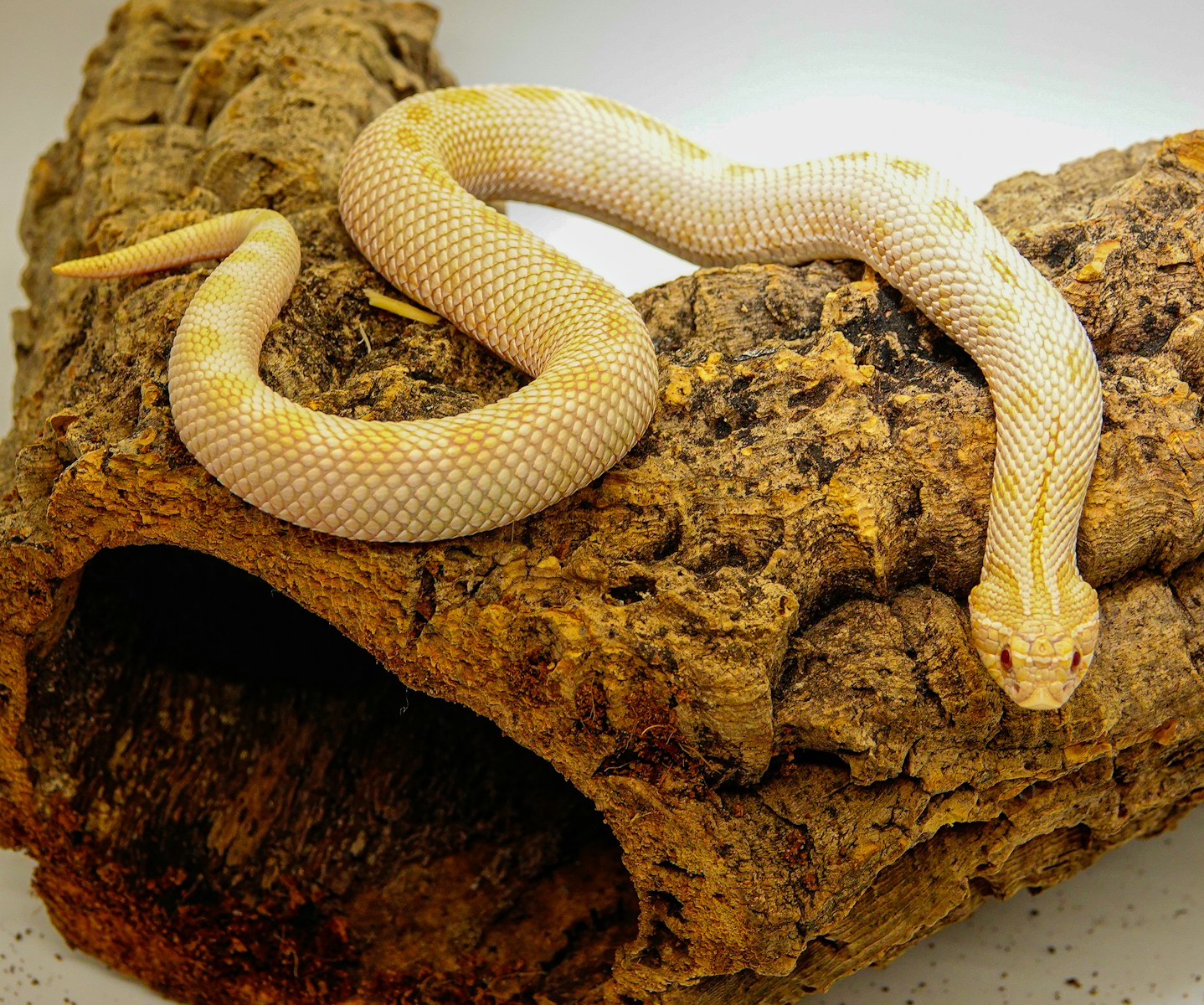In the intricate web of ecological relationships, snakes participate in some of the most fascinating symbiotic interactions found in nature. These remarkable reptiles, often misunderstood and feared, engage in complex partnerships with various organisms that highlight nature’s ingenious adaptations for survival. Symbiosis—the close and often long-term interaction between two different biological species—takes many forms in the snake world, from mutually beneficial arrangements to parasitic relationships. This article explores six compelling examples of snake symbiosis, showcasing how these serpents have evolved to both give and receive benefits through their interactions with other living organisms.
Rattlesnakes and Prairie Dogs: A Predator-Prey Symbiosis
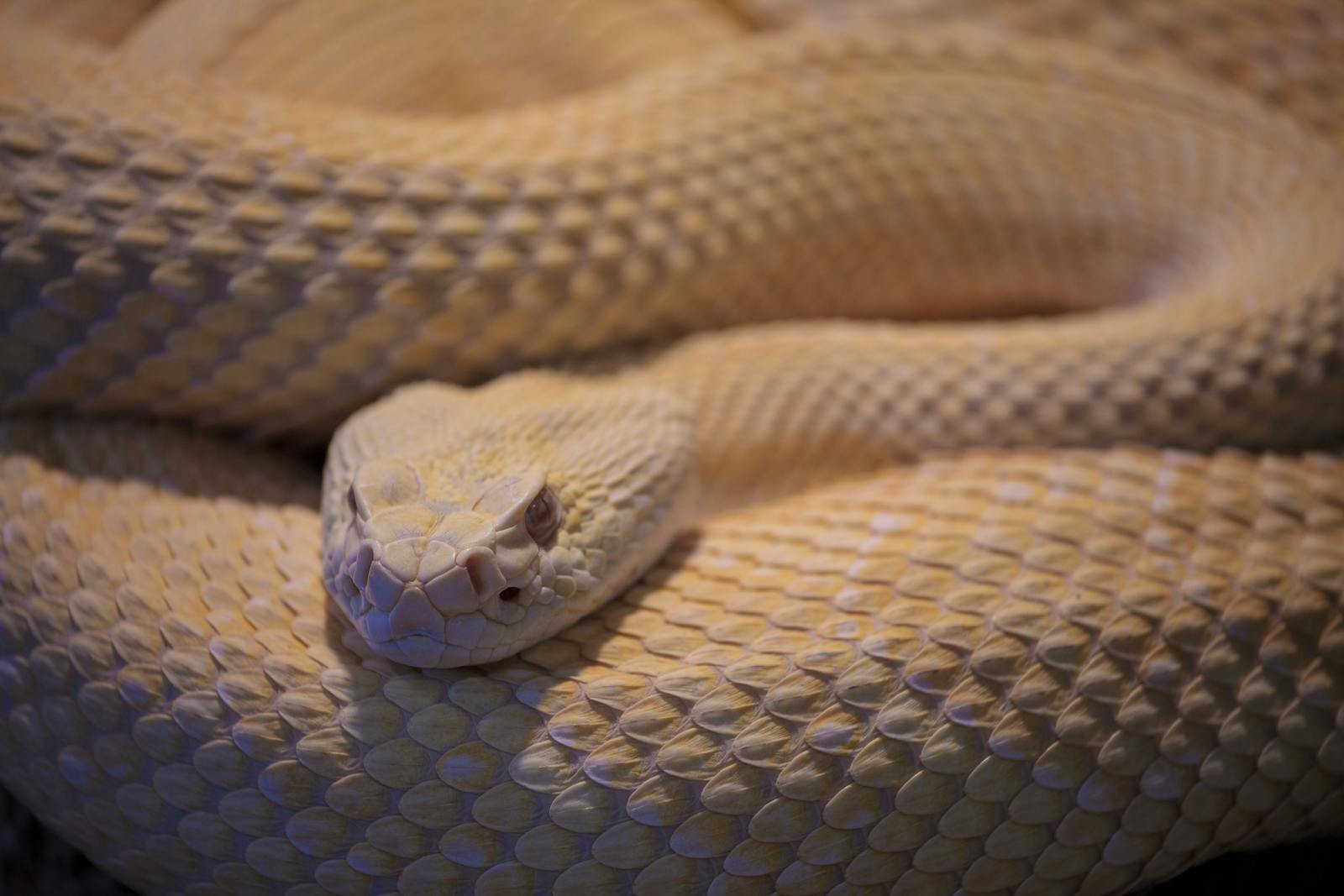
The relationship between rattlesnakes and prairie dogs represents a fascinating example of evolutionary symbiosis that has shaped both species. Prairie dogs have developed sophisticated alarm calls that specifically identify rattlesnakes as threats, allowing their communities to respond appropriately to this predator. Interestingly, rattlesnakes benefit from prairie dog burrows, which provide them with shelter, temperature regulation, and hunting opportunities. Over time, rattlesnakes have evolved hunting strategies specifically tailored to prairie dog behavior, including ambush techniques and the ability to strike with precision at these alert mammals. This predator-prey relationship has driven adaptations on both sides—prairie dogs have enhanced vigilance and communication systems, while rattlesnakes have refined their hunting capabilities to overcome these defenses.
King Cobras and Termite Mounds: Commensalism in Action
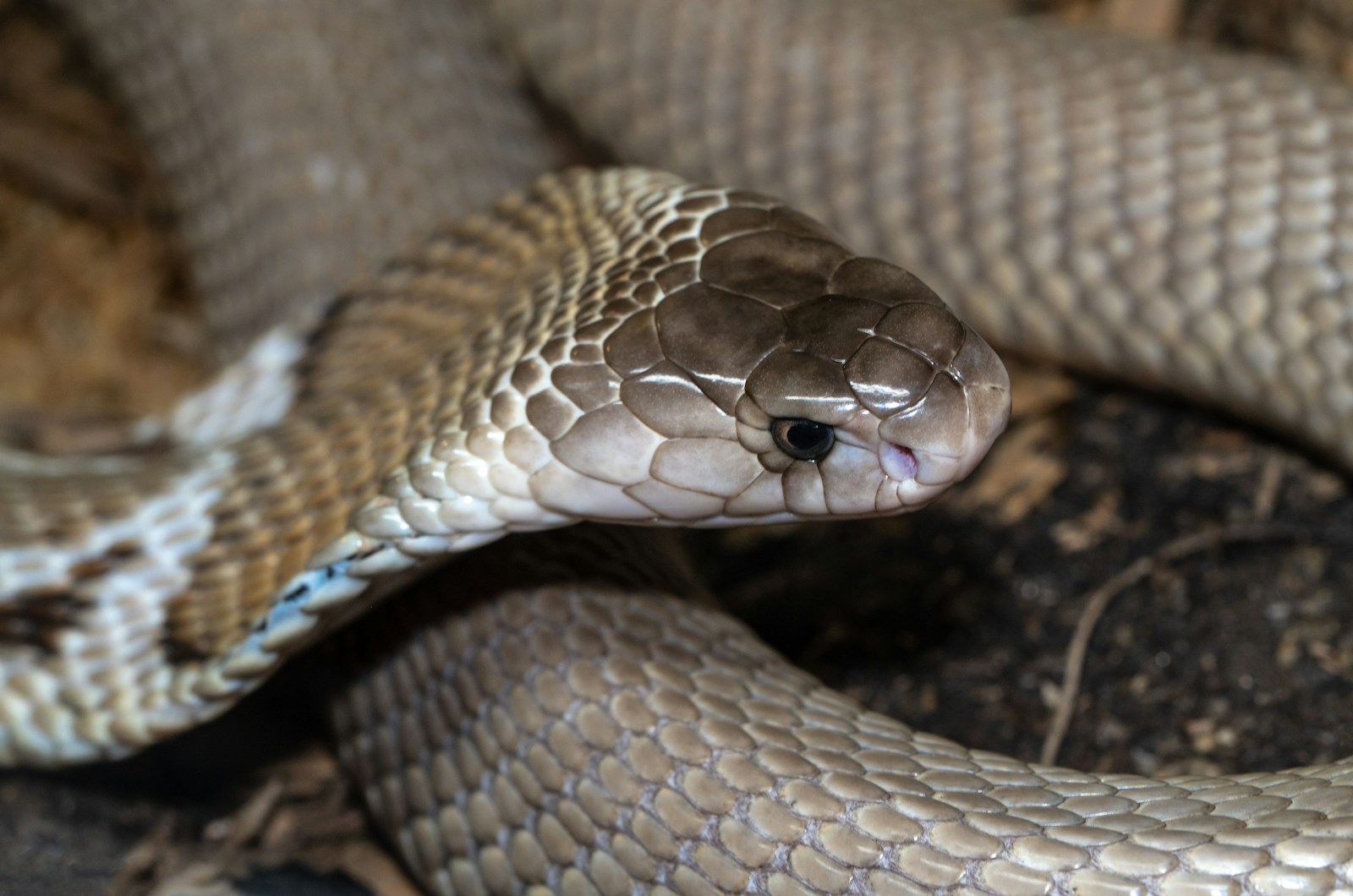
King cobras exhibit a remarkable commensalistic relationship with termites by utilizing their elaborate mounds as nesting sites. Female king cobras often select abandoned sections of termite mounds to lay their eggs, benefiting from the temperature stability and protection these structures provide. The termite architecture creates ideal incubation conditions, maintaining consistent warmth and humidity while offering protection from predators and environmental fluctuations. This relationship exemplifies commensalism because the king cobra gains significant reproductive advantages while the termites experience neither harm nor benefit from the cobra’s presence. In some regions, this behavior is so common that researchers can predict king cobra nesting sites by mapping active and abandoned termite mound territories.
Ball Pythons and Mammal Burrows: Habitat Sharing
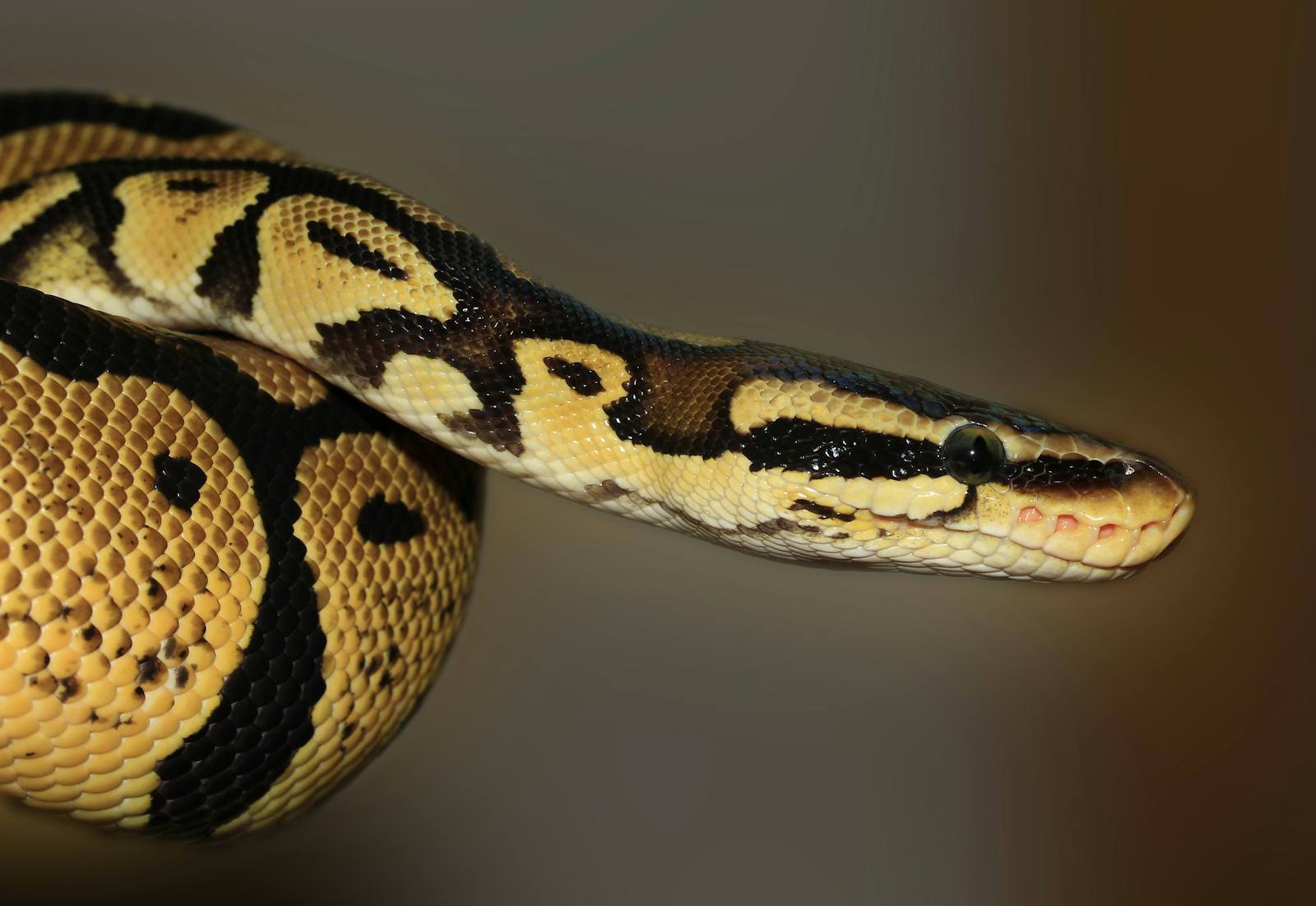
Ball pythons engage in a commensalistic relationship with several burrowing mammals in their native African habitats, particularly utilizing the abandoned burrows of ground squirrels and other rodents. These pythons, known for their relatively small size and docile nature, lack the physical adaptations necessary for digging their own shelters but require protected spaces for thermoregulation and security. The burrows provide essential microhabitats that shield the snakes from extreme temperatures, predators, and bushfires that periodically sweep through their grassland habitats. This relationship has allowed ball pythons to thrive in environments they might otherwise find inhospitable, demonstrating how commensalism can expand a species’ ecological niche without negatively impacting the host species.
Sea Snakes and Cleaner Fish: Mutual Health Benefits
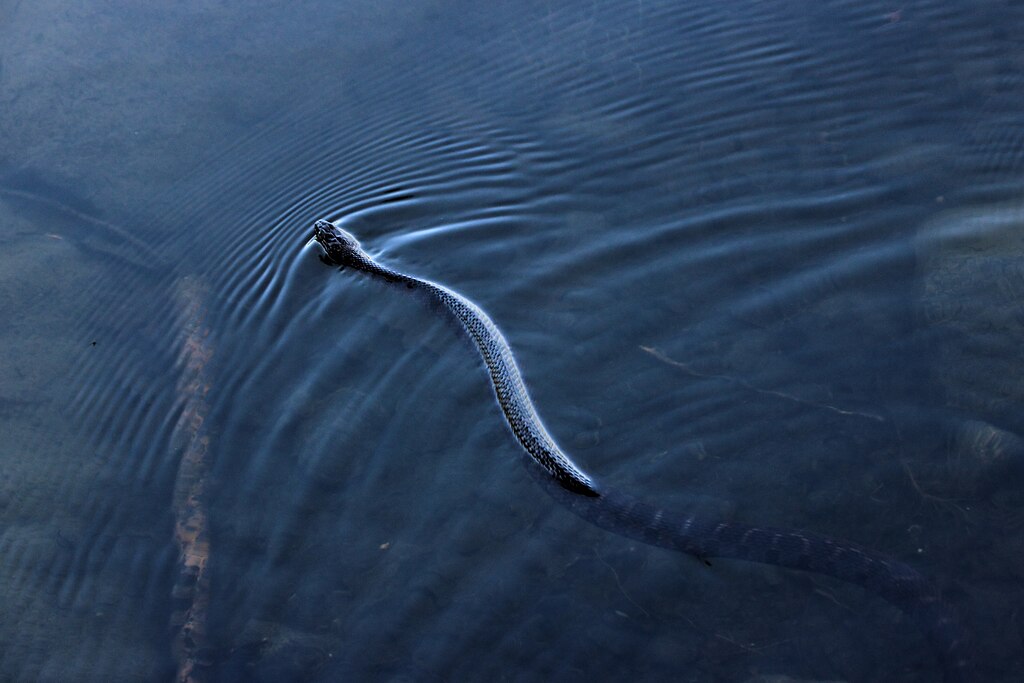
Olive sea snakes and other marine serpents engage in a remarkable mutualistic relationship with cleaner wrasses and other fish species in coral reef ecosystems. When parasites, algae, or dead skin accumulate on a sea snake’s body, it will deliberately visit “cleaning stations” where specialized fish remove these unwanted materials. The sea snake benefits from improved hygiene, reduced parasite load, and prevention of potential infections that could compromise its health. The cleaner fish receive a nutritious meal with minimal effort and enjoy protection from the sea snake, which recognizes them as beneficial partners rather than prey. Marine biologists have observed sea snakes remaining unnaturally still during these cleaning sessions, sometimes even contorting their bodies to give the cleaner fish better access to all surfaces, demonstrating the sophisticated nature of this interspecies cooperation.
Garter Snakes and Toxic Newts: Coevolutionary Arms Race

The relationship between common garter snakes and rough-skinned newts represents one of the most studied examples of coevolutionary symbiosis in the reptile world. Rough-skinned newts produce tetrodotoxin (TTX), a potent neurotoxin that would be fatal to most predators, yet certain populations of garter snakes have evolved resistance to this toxin through genetic mutations affecting their sodium channels. This has triggered an evolutionary arms race where newts produce increasingly potent toxins while snake populations develop enhanced resistance mechanisms. When garter snakes consume these toxic newts, they not only survive but can temporarily harbor the toxin in their own tissues, gaining protection from their own predators—a phenomenon known as toxin sequestration. This complex relationship demonstrates how predator-prey interactions can drive remarkable physiological adaptations and even lead to geographical variation in traits across both species’ ranges.
Timber Rattlesnakes and Eastern Chipmunks: Indirect Mutualism
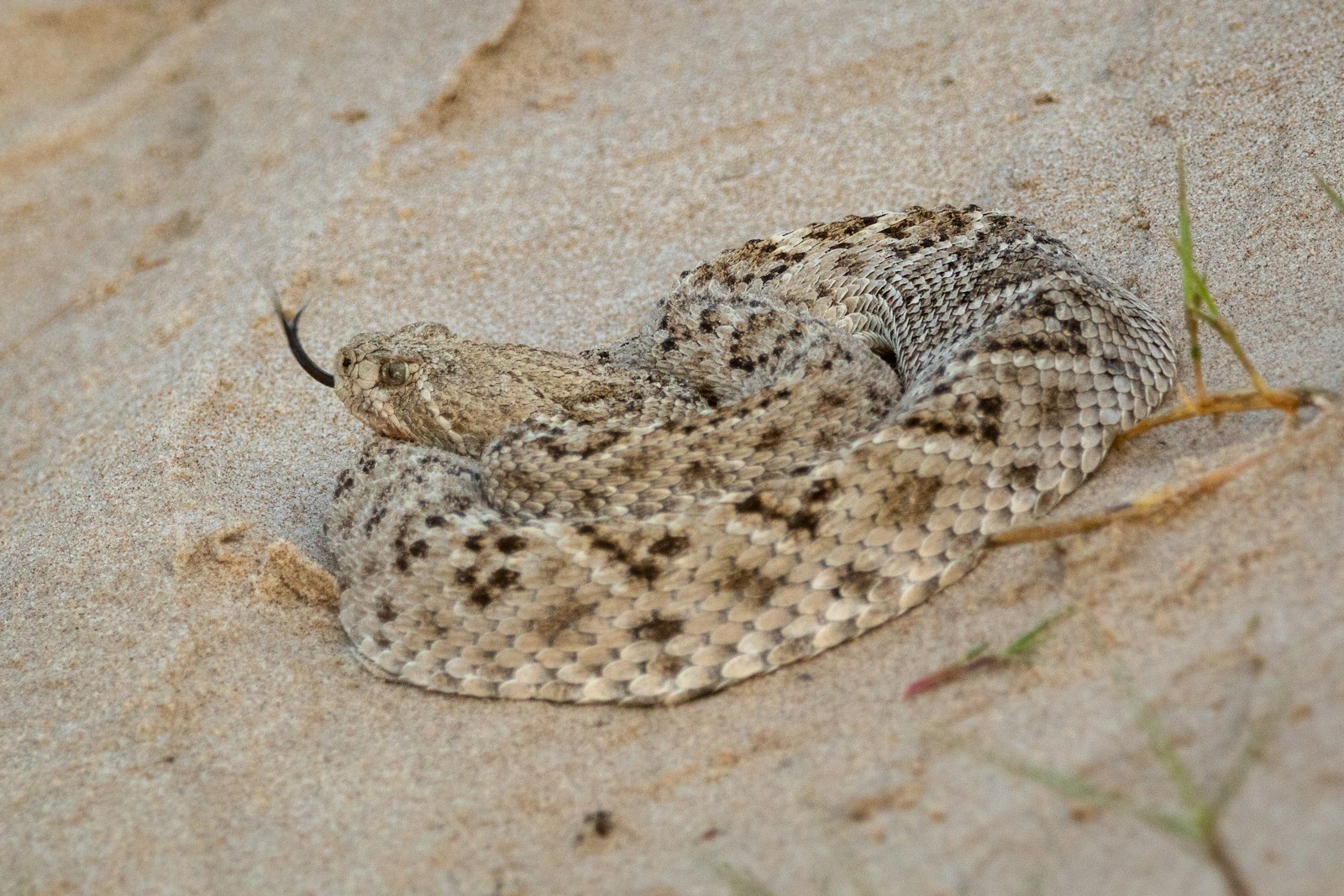
Timber rattlesnakes and eastern chipmunks participate in an indirect mutualistic relationship that significantly impacts forest ecology in eastern North America. The rattlesnakes prey on chipmunks, helping control their populations, while also creating what ecologists call a “landscape of fear” that alters chipmunk foraging behavior. Research has shown that chipmunks avoid areas where they detect rattlesnake presence, which affects how they gather and cache tree seeds. In areas with healthy rattlesnake populations, chipmunks scatter-hoard more seeds and retrieve fewer of their caches, inadvertently increasing forest regeneration as more seeds successfully germinate. This three-way interaction between snakes, chipmunks, and trees demonstrates how predator-prey relationships can cascade into broader ecological benefits that maintain forest health and biodiversity.
Snake Intestinal Microbiome: Internal Symbiosis
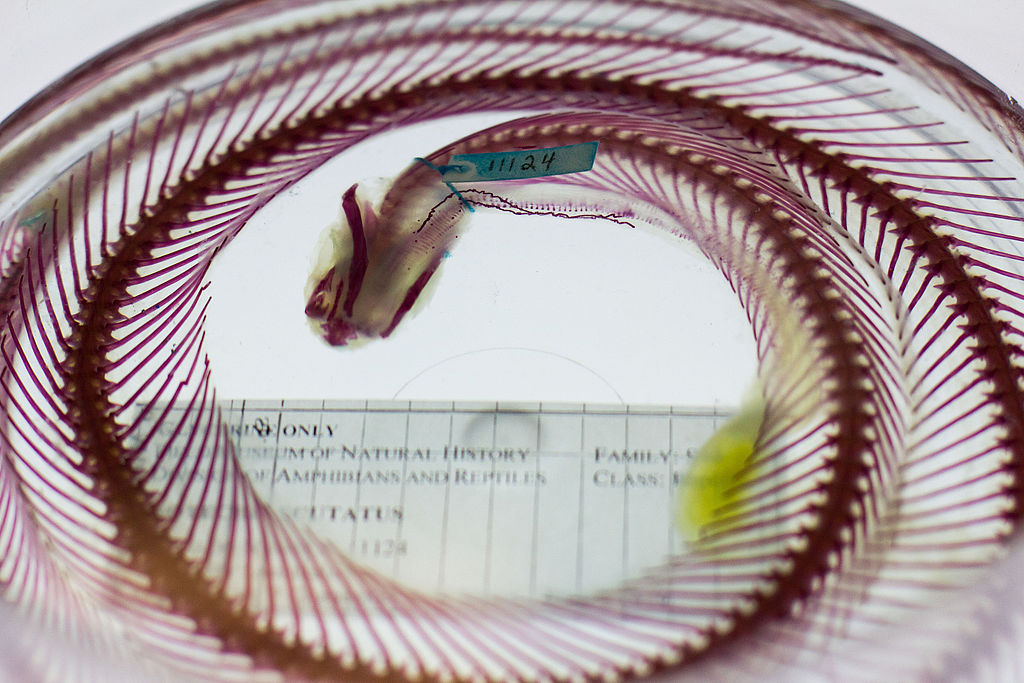
Snakes host complex communities of beneficial microorganisms within their digestive tracts that form a crucial symbiotic relationship essential for their survival. These gut bacteria assist in breaking down difficult-to-digest materials like bones, feathers, and fur that snakes consume whole with their prey. Research has revealed that snake gut microbiomes adapt to their specific diets, with different bacterial compositions found in carnivorous versus insectivorous species. After a large meal, the microbial population in a snake’s gut rapidly multiplies, producing specialized enzymes that facilitate the extraordinary digestive feats these animals perform. This internal symbiosis represents one of the most intimate partnerships snakes maintain with other organisms, highlighting how even at the microscopic level, survival depends on cooperative relationships.
Coral Snakes and Mimics: Batesian Mimicry
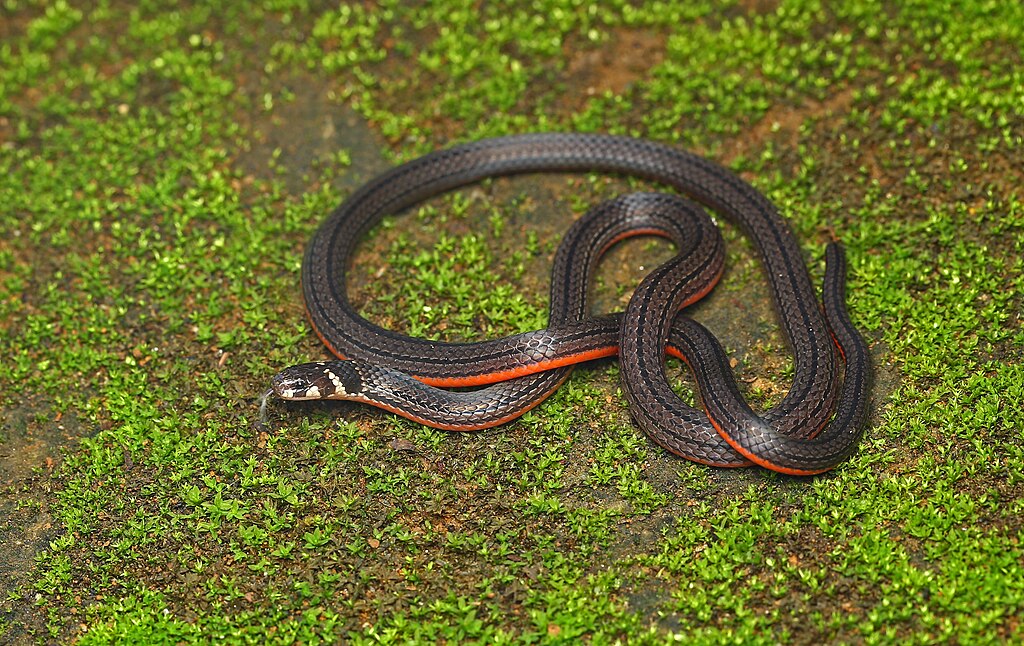
Venomous coral snakes and their non-venomous mimics engage in a fascinating form of evolutionary symbiosis known as Batesian mimicry. Species like the scarlet kingsnake have evolved to display strikingly similar red, black, and yellow banding patterns that closely resemble the deadly coral snake. This mimicry provides the harmless species with protection as predators who have learned to avoid coral snakes will also avoid anything with similar coloration. The effectiveness of this mimicry depends on the relative abundance of the model (coral snake) to the mimic, with the deception being most effective when venomous models are common enough to reinforce the negative association. Remarkably, the precision of this mimicry varies geographically, with closer resemblance occurring in regions where coral snakes and mimics coexist, demonstrating how proximity drives the evolution of more exact copying.
Ophiophagous Snakes: Specialized Snake-Eating Symbiosis
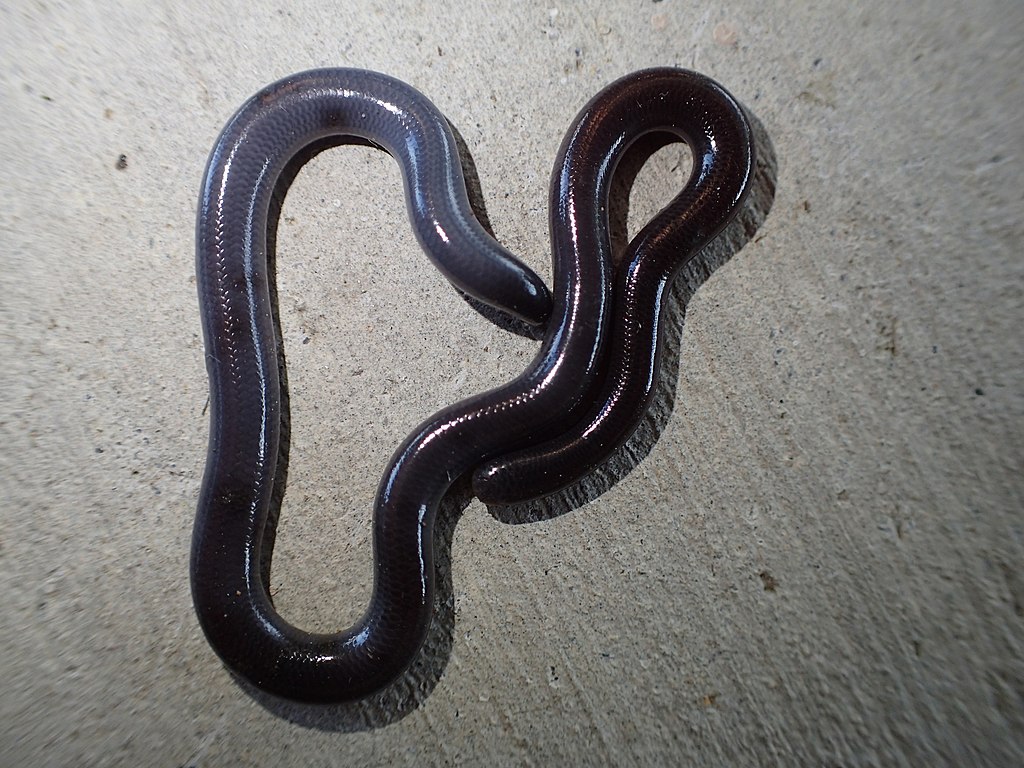
Certain snake species, such as king cobras and kingsnakes, have evolved to specialize in eating other snakes, creating a unique predator-prey symbiosis within the snake world. These ophiophagous (snake-eating) specialists have developed extraordinary adaptations to overcome the defenses of their serpentine prey, including resistance to the venom of the species they consume. Kingsnakes, for example, possess a natural immunity to pit viper venom, allowing them to prey on rattlesnakes and copperheads that would be deadly to most other predators. This specialized feeding strategy reduces competition for other food resources and allows these species to occupy a distinct ecological niche. The evolutionary pressure of being both predator and prey within the same taxonomic group has driven remarkable adaptations in hunting techniques, venom resistance, and defensive behaviors across multiple snake species.
Snakes and Tick Parasitism: Antagonistic Symbiosis
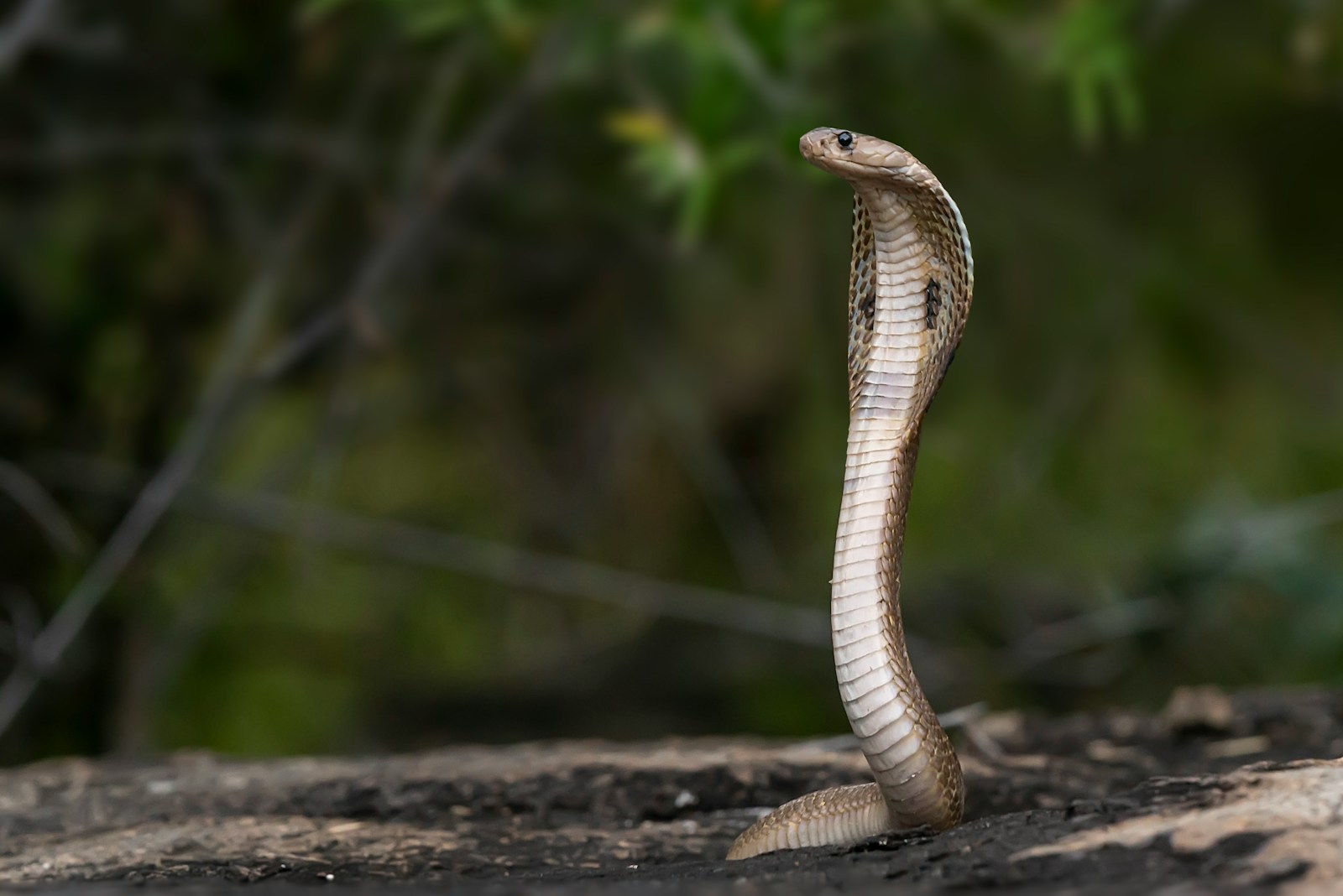
Snakes serve as hosts to several species of ticks in an antagonistic parasitic relationship that impacts both organisms. Unlike mammals, snakes lack the ability to groom themselves or remove parasites through scratching, making them particularly vulnerable to tick infestations, especially around the head and neck regions. Certain tick species have evolved specialized adaptations to attach to the scales of reptiles, with some becoming so specialized they can only complete their life cycle on snake hosts. Heavy tick infestations can cause significant health issues for snakes, including anemia, weight loss, and increased vulnerability to infection and disease. This parasitic relationship exemplifies how symbiosis isn’t always beneficial for both parties and highlights the ongoing evolutionary adaptations of both parasite and host.
Python Thermal Regulation: Maternal Symbiosis
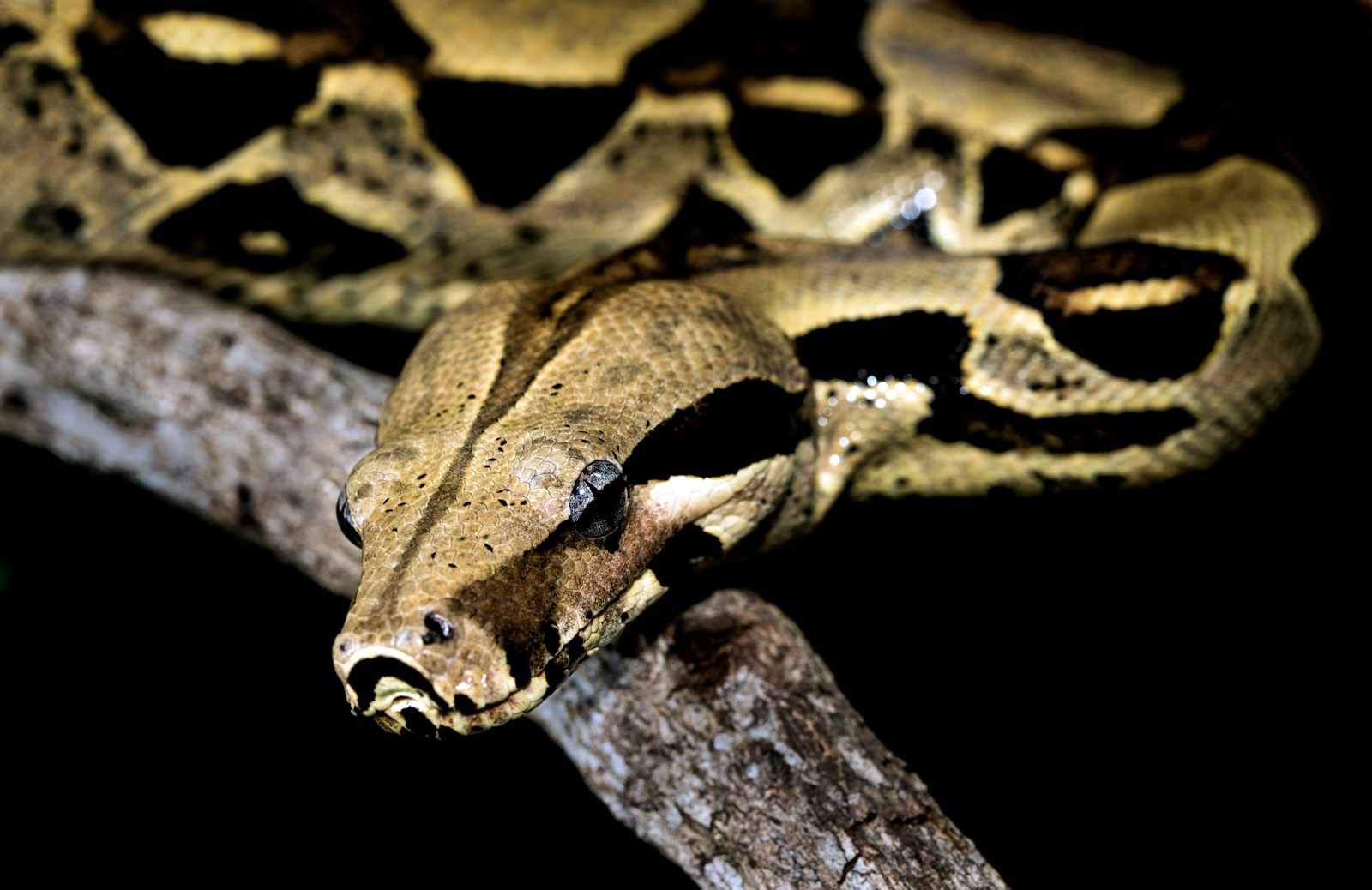
Female pythons engage in a remarkable form of maternal symbiosis with their eggs through unique thermoregulatory behaviors. Unlike most reptiles that simply lay their eggs and depart, python mothers coil around their clutches and generate heat through muscular contractions in a process similar to shivering. This behavior, known as thermogenesis, can raise the temperature of the eggs by several degrees, providing optimal incubation conditions regardless of environmental fluctuations. The developing embryos benefit from this stable temperature, which accelerates development, increases survival rates, and potentially influences beneficial trait expression. This maternal investment represents an evolutionary adaptation where the mother’s physiological processes directly support embryonic development, creating a temporary but vital symbiotic relationship between generations.
Snake-Fungal Interactions: Protective Skin Microbiome
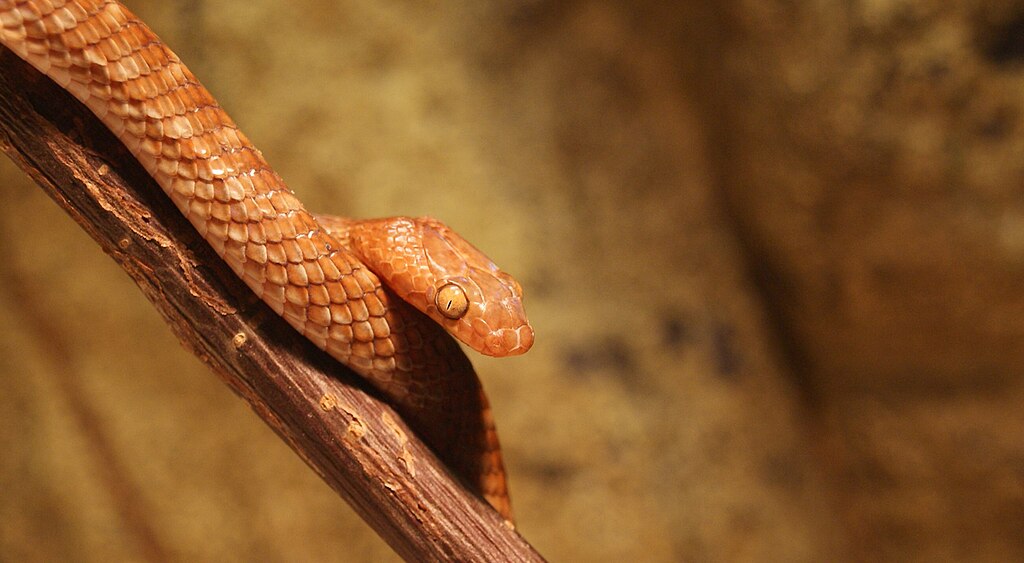
Snakes maintain complex relationships with various fungi and bacteria that live on their skin, forming what scientists call a protective microbiome. Recent research has revealed that certain bacteria naturally occurring on snake skin produce antifungal compounds that help protect against pathogenic fungi, including the devastating snake fungal disease caused by Ophidiomyces ophiodiicola. This mutualistic relationship benefits both the snake, which receives protection from potentially lethal fungal infections, and the bacteria, which gain a stable habitat and nutrients from the snake’s skin. Environmental stressors, habitat degradation, and climate change can disrupt this delicate balance, potentially leaving snakes more vulnerable to disease. Understanding these microbial partnerships has become increasingly important for conservation efforts as snake populations worldwide face emerging fungal pathogens.
The diverse examples of symbiosis in the snake world reveal the complex ecological connections that shape these reptiles’ lives and evolutionary trajectories. From mutually beneficial partnerships to antagonistic relationships, snakes participate in numerous interdependent associations that highlight nature’s intricate balance. These symbiotic relationships demonstrate that even creatures often portrayed as solitary predators are deeply embedded in ecological networks that influence their behavior, physiology, and survival. As we continue to study these fascinating interactions, we gain not only a deeper appreciation for snake ecology but also valuable insights into the interconnected nature of all living systems. The symbiotic relationships of snakes remind us that in nature, few species truly exist in isolation—cooperation, competition, and coexistence shape the natural world in remarkable and often surprising ways.

